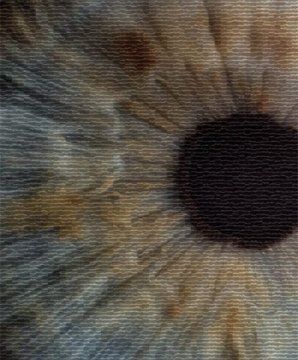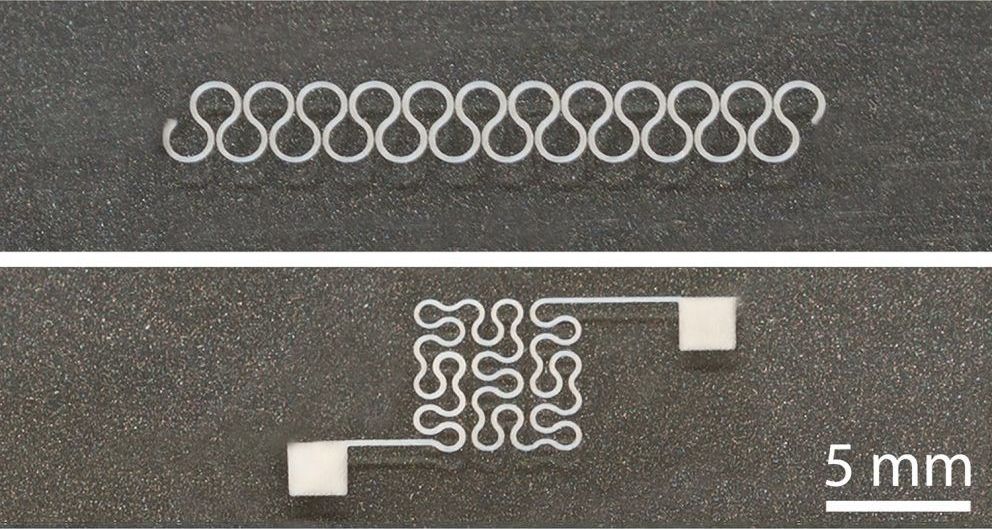https://www.spreaker.com/user/10066453/030518-mama-bear-cancer-coach-ira-pastor
Category: health

Can you trust a diagnosis made with the help of Artificial Intelligence?
The only difference is that in the case of the new technology Qure.ai is using, the artificial neuro network will be exposed to millions of cases instead of thousands. But can one trust a diagnosis made with the help of machines or AI? Human beings would typically trust another human being over a machine. But Warrier says that that is part and parcel of the diagnosis – human or artificial. Eighty-million chest X-rays happen in India every year, with radiology error rates for chest X-rays at 20–23 per cent. In fact, 19 per cent of lung nodules are missed! So even now if one goes to a trained radiologist, there are chances he can read or make a mistake in the diagnosis. But since the software runs through “millions” of scans instead of thousands as a human might, chances of an error are, in fact, lower. So chances of an error are, if anything, minimised. Secondly, as of now, Qure.ai is not producing a final report but developing a report that is ready for further analysis by a radiologist. “At locations across the country where radiologists are not available, this report can be the one that is physically available. It could go wrong but something is better than nothing,” argues Warrier. In cases where physicians disagree – often happens in cases like interstitial lung disease — the report produced through AI is “consistent and reproducible” and can be relied upon to arrive at a final conclusion. In India, Qure.ai has no competitors, but globally Zebra Medical Vision is the nearest competitor. The software has been adopted and deployed in five centres in Mumbai, Delhi, and Bengaluru. The company is also working with public health programmes in some countries. TB Reach has used it for processing TB cases (chest X-rays) from Nepal and Cameroon. Its solutions are being marketed in North America through its partners EnvoyAI (TeraRecon). According to Warrier, the global sales team of their parent company, Fractal Analytics, is helping them to reach out to health care providers and possible customers in the US and Europe. It may be early days yet, but if the technology and product prove as good as they claim, the benefits for patients will be felt for a long time to come.

Daily Pill Shows Promise For Alleviating Life-Threatening Peanut Allergies
Imagine constantly worrying that something you eat is going to cause your throat to swell shut or your heart to stop beating. That’s the reality people with severe peanut allergies must live with every day, because their bodies launch out-of-control immune responses against even a trace of peanut protein.
But now, relief may be on the horizon. A phase 3 clinical trial by pharmaceutical company Aimmune Therapeutics shows that gradual and methodical exposure to purified peanut protein can train the body to drastically tone down the reaction. After one year of daily treatment with the company’s peanut protein-filled capsules, currently called AR101, study participants could safely tolerate 30 times more allergen than they could before the trial began.
The trial included 496 children aged 4 to 17 with allergies so severe that they could not ingest more than 30 milligrams of peanut protein without experiencing moderate to highly dangerous effects. For reference, one peanut contains 250 to 350 milligrams of peanut protein.


Artificial intelligence quickly and accurately diagnoses eye diseases and pneumonia
Using artificial intelligence and machine learning techniques, researchers at Shiley Eye Institute at UC San Diego Health and University of California San Diego School of Medicine, with colleagues in China, Germany and Texas, have developed a new computational tool to screen patients with common but blinding retinal diseases, potentially speeding diagnoses and treatment.


The predictive powers of AI could make human forecasters obsolete
Thousands of years ago, oracles read the future through divine inspiration. Today, we’ve still got Oracle making predictions (along with many other forward-thinking tech firms), but it uses something a little more grounded. Artificial intelligence and its capacity to assess approaching events are pretty awe-inspiring even without the supernatural flair.
Many industries are looking to artificially intelligent software to help make predictions on everything from a customer’s buying decisions to which medical treatments will be most effective for a sick patient. Though we live in a world that still depends on the educated guesses of experts, it is becoming increasingly clear that next generation of prognosticators will be more silicon-based than carbon-based.
AI is a prediction technology at its very essence. With the ability to evaluate data exponentially faster than any person, machine learning programs can assess patterns, make connections, and test hypotheses in less time than it takes their human equivalent to pour a cup of coffee. Thanks to its advanced capabilities, AI’s predictions are already taking shape, with strong implications for retail, health care, and the way we understand the world around us.


New technique allows printing of flexible, stretchable silver nanowire circuits
Researchers at North Carolina State University have developed a new technique that allows them to print circuits on flexible, stretchable substrates using silver nanowires. The advance makes it possible to integrate the material into a wide array of electronic devices.
Silver nanowires have drawn significant interest in recent years for use in many applications, ranging from prosthetic devices to wearable health sensors, due to their flexibility, stretchability and conductive properties. While proof-of-concept experiments have been promising, there have been significant challenges to printing highly integrated circuits using silver nanowires.
Silver nanoparticles can be used to print circuits, but the nanoparticles produce circuits that are more brittle and less conductive than silver nanowires. But conventional techniques for printing circuits don’t work well with silver nanowires; the nanowires often clog the printing nozzles.